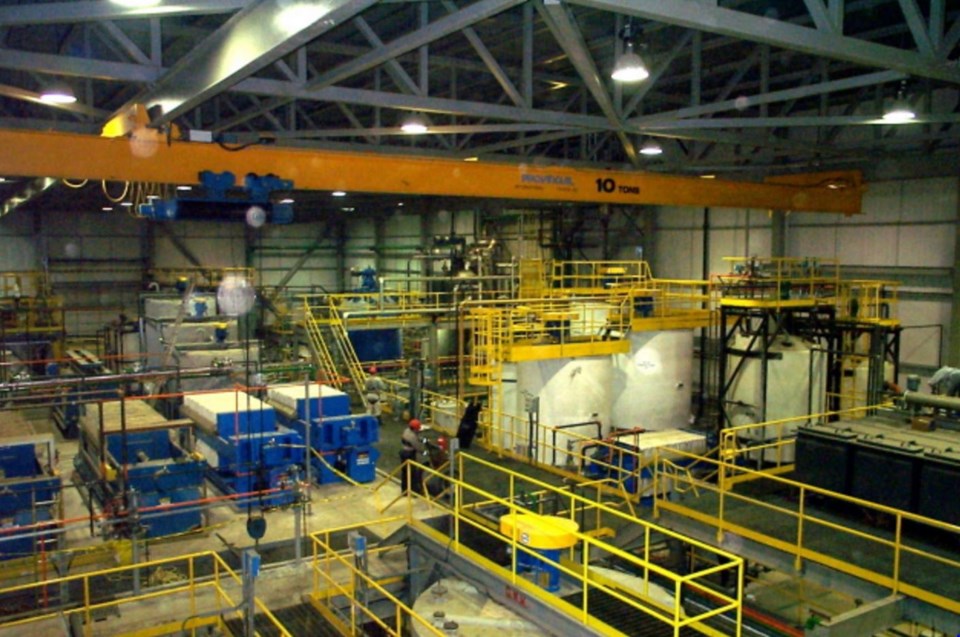First Cobalt has started a scoping study as part of its business case to restart a northeastern Ontario refinery.
The Toronto company has hired Ausenco Engineering Canada to start gathering preliminary data on the capital and operating requirements to fire up the former Yukon refinery, outside of the town of Cobalt.
First Cobalt acquired the refinery in 2017 and wants to position it as a toll milling operation, processing cobalt hydroxide from global producers.
The company said they have the only permitted facility in North America capable of extracting cobalt to produce battery-grade material.
They’re considering production of a finished cobalt sulphate product for the lithium-ion battery market or cobalt metal used in the aerospace sector.
In early April, the refinery’s production process was simulated at SGS Canada’s Lakefield lab. From that, First Cobalt concluded that cobalt hydroxide will be their preferred feed stock. Ausenco will analyze various production scenarios using that material.
Meanwhile, First Cobalt continues talking with international miners and financiers on supplying material and capital for the restart. If they can finalize supply terms, the company said the refinery can be up and running within 18 to 24 months.
The results from the scoping study will be in by the end of May.
By then, Ausenco will define the refinery’s production capacity and will lay out the startup capital and plant operating costs to process cobalt hydroxide under various production scenarios.
“First Cobalt is focused on becoming the first North American refiner of battery grade cobalt sulfate and is in discussions with sources of potential cobalt hydroxide feed material,” said Trent Mell, First Cobalt president-CEO in a statement.
“The study announced today is expected to identify upside within the refinery by treating higher grade hydroxide feed material and removing the autoclave circuit, which is the current bottleneck to increasing throughput capacity. We look forward to announcing the results of this study in a few weeks’ time.”
First Cobalt also has about 11,700 hectares of exploration property in the Cobalt area and is advancing its Iron Creek cobalt project in Idaho.




